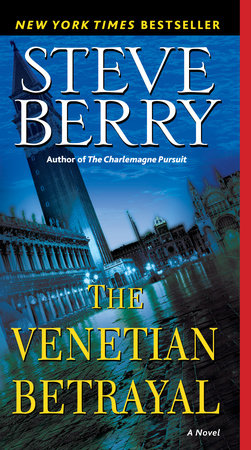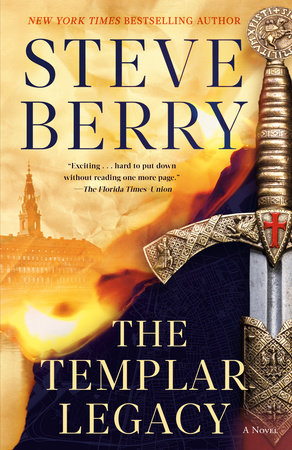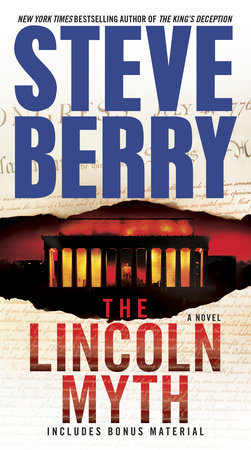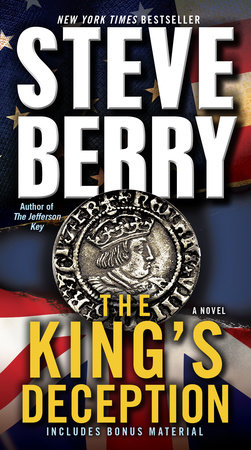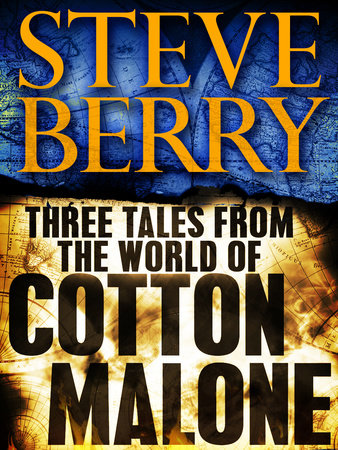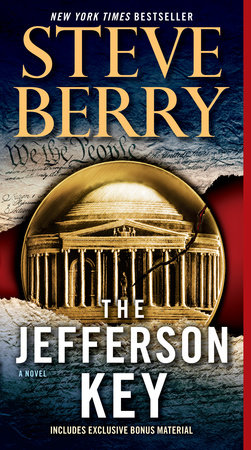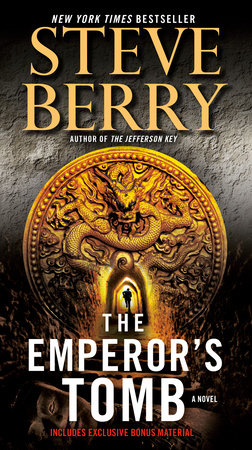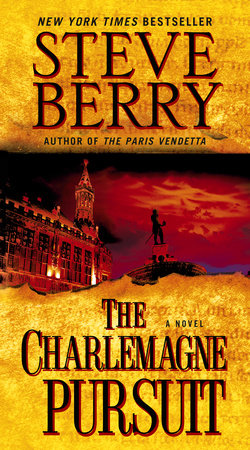Excerpt
The Venetian Betrayal
Copenhagen, Denmark
Saturday, April 18 , The Present
11:55 p.m.
The smell roused Cotton Malone to consciousness. Sharp, acrid, with a hint of sulfur. And something else. Sweet and sickening.
Like death.
He opened his eyes.
He lay prone on the floor, arms extended, palms to the hardwood, which he immediately noticed was sticky.
What happened?
He’d attended the April gathering of the Danish Antiquarian Booksellers Society a few blocks west of his bookshop, near the gaiety of Tivoli. He liked the monthly meetings and this one had been no exception. A few drinks, some friends, and lots of book chatter. Tomorrow morning he’d agreed to meet Cassiopeia Vitt. Her call yesterday to arrange the meeting had surprised him. He’d not heard from her since Christmas, when she’d spent a few days in Copenhagen. He’d been cruising back home on his bicycle, enjoying the comfortable spring night, when he’d decided to check out the unusual meeting location she’d chosen, the Museum of Greco-Roman Culture–a preparatory habit from his former profession. Cassiopeia rarely did anything on impulse, so a little advance preparation wasn’t a bad idea.
He’d found the address, which faced the Frederiksholms canal, and noticed a half-open door to the pitch-dark building–a door that should normally be closed and alarmed. He’d parked his bike. The least he could do was close the door and phone the police when he returned home.
But the last thing he remembered was grasping the doorknob.
He was now inside the museum.
In the ambient light that filtered in through two plate-glass windows, he saw a space decorated in typical Danish style–a sleek mixture of steel, wood, glass, and aluminum. The right side of his head throbbed and he caressed a tender knot.
He shook the fog from his brain and stood.
He’d visited this museum once and had been unimpressed with its collection of Greek and Roman artifacts. Just one of a hundred or more private collections throughout Copenhagen, their subject matter as varied as the city’s population.
He steadied himself against a glass display case. His fingertips again came away sticky and smelly, with the same nauseating odor.
He noticed that his shirt and trousers were damp, as was his hair, face, and arms. Whatever covered the museum’s interior coated him, too.
He stumbled toward the front entrance and tried the door. Locked. Double dead bolt. A key would be needed to open it from the inside.
He stared back into the interior. The ceiling soared thirty feet. A wood-and-chrome staircase led up to a second floor that dissolved into more darkness, the ground floor extending out beneath.
He found a light switch. Nothing. He lumbered over to a desk phone. No dial tone.
A noise disturbed the silence. Clicks and whines, like gears working. Coming from the second floor.
His training as a Justice Department agent cautioned him to keep quiet, but also urged him to investigate.
So he silently climbed the stairs.
The chrome banister was damp, as were each of the laminated risers. Fifteen steps up, more glass-and-chrome display cases dotted the hardwood floor. Marble reliefs and partial bronzes on pedestals loomed like ghosts. Movement caught his eye twenty feet away. An object rolling across the floor. Maybe two feet wide with rounded sides, pale in color, tight to the ground, like one of those robotic lawn mowers he’d once seen advertised. When a display case or statue was encountered, the thing stopped, retreated, then darted in a different direction. A nozzle extended from its top and every few seconds a burst of aerosol spewed out.
He stepped close.
All movement stopped. As if it sensed his presence. The nozzle swung to face him. A cloud of mist soaked his pants.
What was this?
The machine seemed to lose interest and scooted deeper into the darkness, more odorous mist expelling along the way. He stared down over the railing to the ground floor and spotted another of the contraptions parked beside a display case.
Nothing about this seemed good.
He needed to leave. The stench was beginning to turn his stomach.
The machine ceased its roaming and he heard a new sound.
Two years ago, before his divorce, his retirement from the government, and his abrupt move to Copenhagen, when he’d lived in Atlanta, he’d spent a few hundred dollars on a stainless-steel grill. The unit came with a red button that, when pumped, sparked a gas flame. He recalled the sound the igniter made with each pump of the button.
The same clicking he heard right now.
Sparks flashed.
The floor burst to life, first sun yellow, then burnt orange, finally settling on pale blue as flames radiated outward, consuming the hardwood. Flames simultaneously roared up the walls. The temperature rose swiftly and he raised an arm to shield his face. The ceiling joined the conflagration, and in less than fifteen seconds the second floor was totally ablaze.
Overhead sprinklers sprang to life.
He partially retreated down the staircase and waited for the fire to be doused.
But he noticed something.
The water simply aggravated the flames.
The machine that started the disaster suddenly disintegrated in a muted flash, flames rolling out in all directions, like waves searching for shore.
A fireball drifted to the ceiling and seemed to be welcomed by the spraying water. Steam thickened the air, not with smoke but with a chemical that made his head spin.
He leaped down the stairs two at a time. Another swoosh racked the second floor. Followed by two more. Glass shattered. Something crashed.
He darted to the front of the building.
The other gizmo that had sat dormant sprang to life and started skirting the ground-floor display cases.
More aerosol spewed into the scorching air.
He needed to get out. But the locked front door opened to the inside. Metal frame, thick wood. No way to kick it open. He watched as fire eased down the staircase, consuming each riser, like the devil descending to greet him. Even the chrome was being devoured with a vengeance.
His breaths became labored, thanks to the chemical fog and the rapidly vanishing oxygen. Surely someone would call the fire department, but they’d be no help to him. If a spark touched his soaked clothes . . .
The blaze found the bottom of the staircase.
Ten feet away.


